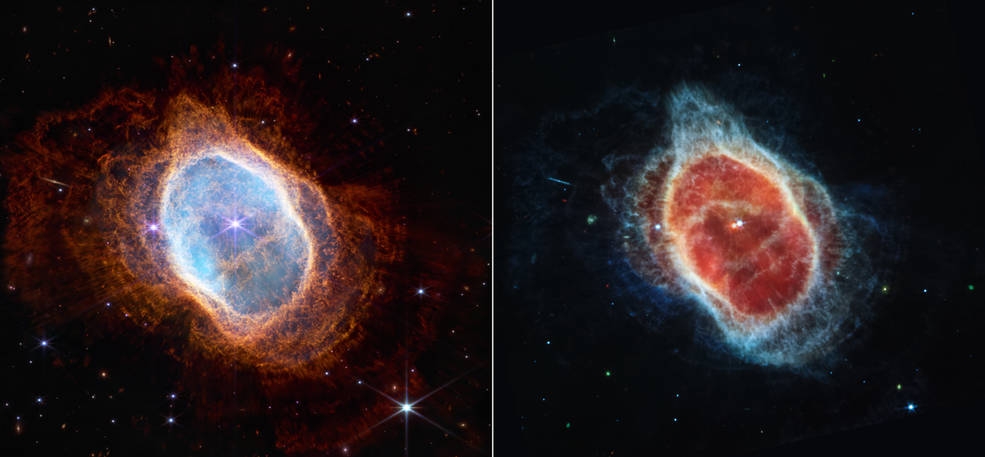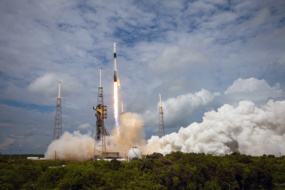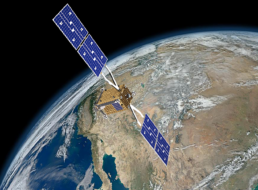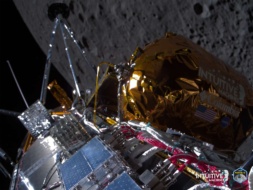A new age of astronomy has officially dawned.
After a long, nail-biting wait, NASA has finally released the first full-color images from JWST, the next-generation space telescope allowing scientists to peer deeper into space than ever before. Astronomers across the world have pinned their hopes on the shiny new scope, aiming to glean precious understanding of planets and celestial bodies far from our own and, if we’re lucky, of the origins of our universe.
The first suite of JWST images did not disappoint. On Monday, President Biden unveiled the deepest image ever taken of our universe (NBD). It captured an area of the sky about as large as a grain of sand held at arm’s length—an area that sparkled with never-before-seen, distant galaxies.
Now we’re getting down to details. JWST’s first observations utilized all four of its science instruments and covered four areas besides the deep field: the exoplanet WASP-96b, the Southern Ring Nebula, Stephan’s Quintet of galaxies, and Carina’s Nebula.
WASP-96b

JWST’s first exoplanet observation yielded exciting results—the first-ever direct observation of water in an atmosphere besides our own. The telescope’s Near-Infrared Imager and Slitless Spectrograph (NIRISS) instrument surveyed the light bouncing back from hot gas giant WASP-96b to suss out its atmospheric characteristics.
- Exoplanet = a planet orbiting a star other than our own.
- Each gas has a characteristic pattern of peaks and valleys on a transmission spectrum, the dataset produced by a spectrograph from splitting apart incoming light into its component wavelengths.
- In the transmission spectrum for WASP-96b, scientists identified evidence of the presence of water vapor.
The Southern Ring Nebula

NASA used the Near-Infrared Camera (NIRCam) and Mid-Infrared Instrument (MIRI) to create two images of a glowing, gaseous nebula made of the material spit out from a dying white dwarf star. That star is—or was, once—very similar to our own sun. In the new images, a second star is visible near the dying star, helping to distribute the material ejected from the first into a vibrant ring.
- Nebula = a cloud of gas and dust in space.
- In the NIRCam image (at left above), the stars close to the dying dwarf appear more prominent, since they emit light at shorter wavelengths.
- The glow of the surrounding gases appears brighter in the MIRI (right) image, including the gases surrounding the second star at the center of the nebula, making it appear brighter.
Stephan’s Quintet

This image of a grouping of five galaxies is the largest taken by JWST so far, stitched together from over 1,000 separate image files and containing over 150M individual pixels. We have NIRCam and MIRI to thank for the composite. The new image shows the group of galaxies in more detail than ever before, revealing seemingly countless stars and trails of gas and dust.
Carina’s Nebula

Last but not least, the new JWST image of the set shows areas of star birth we’ve never seen before in a nebula previously captured by Hubble in lower resolution.
- The JWST image shows the Cosmic Cliffs, the edge of a huge cavity within the even huge-r Carina’s Nebula. The space was carved away by intense ultraviolet radiation and stellar winds from brand-new, high-energy stars chipping away at the edge of the cloud.
- Cosmically speaking, star formation happens very quickly—between 50,000 and 100,000 years for a single star. But JWST caught it in action.




